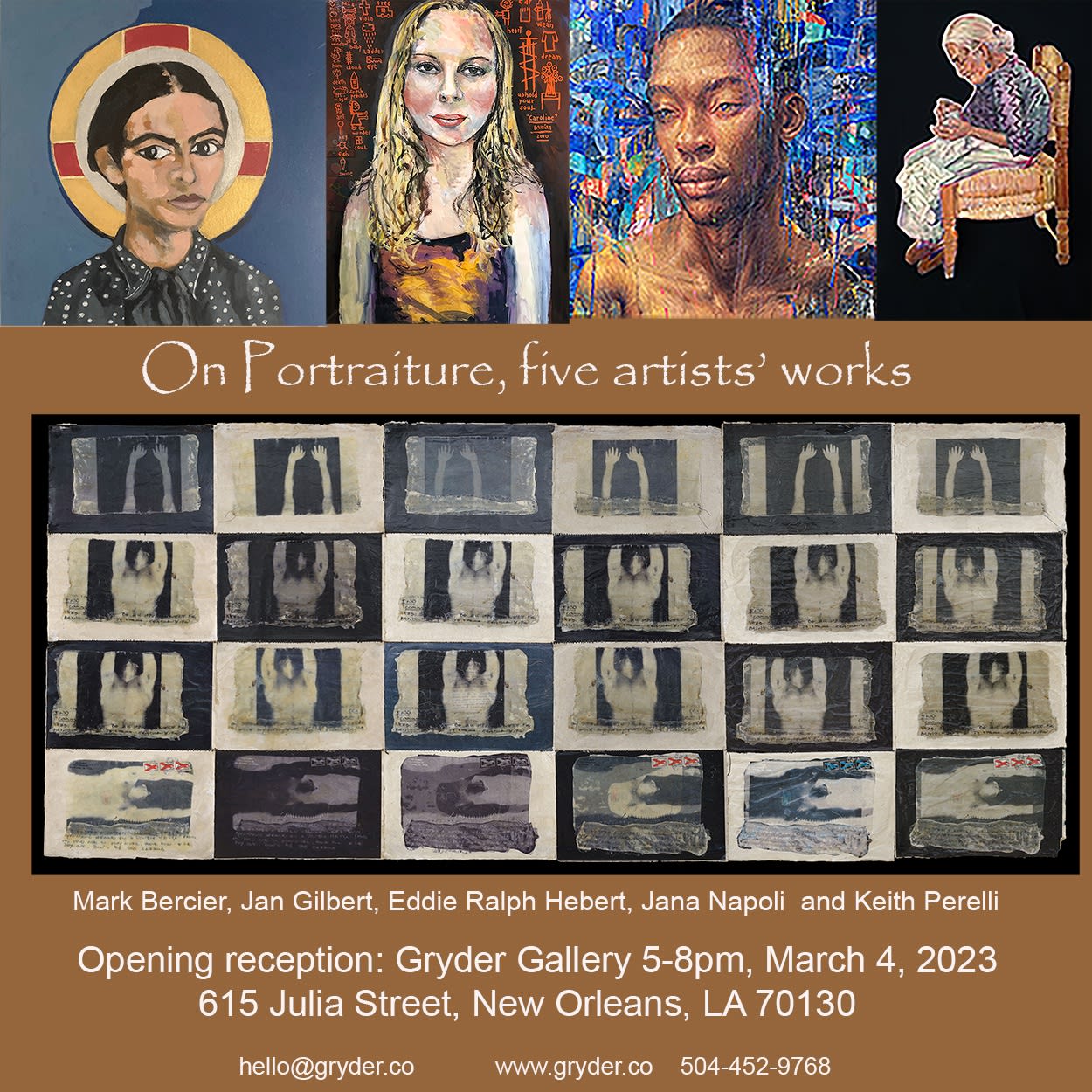Da Vinci shrouded his sitters in mystery, Ingres and Klimt idealized theirs in voluminous reflective details, and David deified Napoleon.
Delving into social discourse, royal patronage, and documentary efforts, portrait painting has been the mainstay of Western art for centuries, and as a genre continues to preoccupy artists.
Practical applications of portraiture date from the Ancient Roman Empire when coinage began to be stamped with images of Caesar. It also served as a vehicle to glorify and legitimize religious hierarchy and monarchical privilege as with Velazquez’s Pope Innocent X and Holbein’s Henry VIII. More recently, we have seen portraiture used to commemorate significant world events and celebrity figures as with posters, magazine covers, and postage stamps.
Early 19th century portraiture changes with both the advent of photography and the rise of Modernism affecting representation in art. Portraiture begins to reference the psychological and emotional underpinning of individuals as in Gustave Corbet’s self-portrait. Later, in the 20th century Marcel Duchamp’s conceptual art pioneered the approach that references individuality without rendering physical likenesses.
Every portrait that is painted with feeling is a portrait of the artist, not of the sitter -Oscar Wilde






